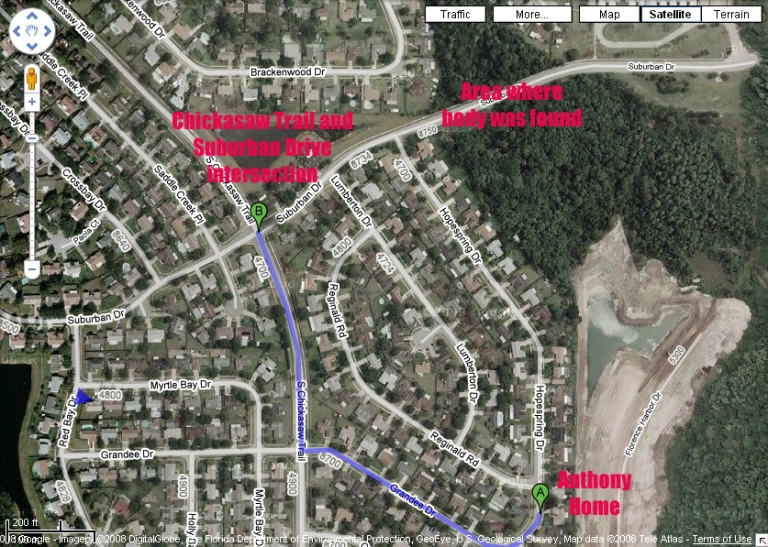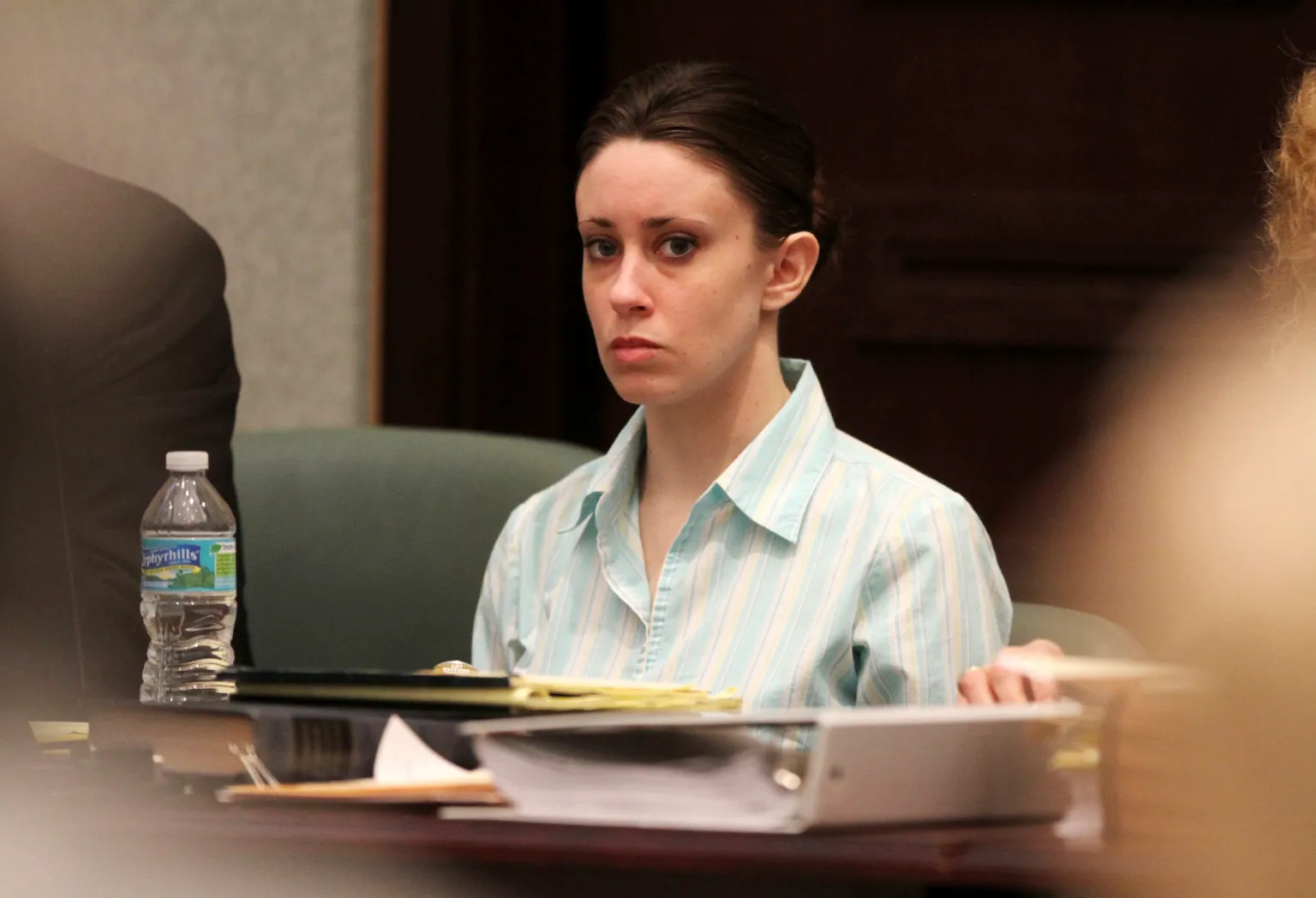In the summer of 2008, the disappearance of two-year-old Caylee Anthony gripped the United States, sparking one of the most controversial criminal cases in recent history. Her mother, Casey Anthony, was accused of murdering her daughter and hiding the crime, yet she walked free after a sensational trial. This case not only captivated the public but also exposed the limits of forensic science in delivering justice. Here’s an in-depth look at the Caylee Anthony case, the forensic evidence that shaped it, and why it remains an unsolved mystery.
The Shocking Disappearance of Caylee Anthony
Caylee Anthony was born on August 9, 2005, in Orlando, Florida, living with her mother, Casey Anthony, and her grandparents, George and Cindy Anthony. On July 15, 2008, Cindy Anthony made a frantic 911 call, reporting that Caylee had been missing for 31 days. Casey initially claimed that a nanny had kidnapped her daughter, but this story quickly unraveled. While Caylee was unaccounted for, Casey was spotted partying and even entered a bikini contest, behavior that stunned onlookers and raised red flags, as reported by the New York Daily News.
On December 11, 2008, Caylee’s skeletal remains were discovered in a wooded area near the Anthony family home. The medical examiner ruled her death a homicide by undetermined means, leaving investigators with a chilling mystery and a mountain of circumstantial evidence to sift through.

Forensic Evidence Under the Microscope
The trial of Casey Anthony, which began in May 2011, leaned heavily on forensic science to piece together what happened to Caylee. One of the most debated pieces of evidence was Casey’s internet search history. Investigators alleged she had searched terms like “how to make chloroform” and “neck breaking” on her computer, hinting at premeditated murder. However, as noted by Belkasoft, forensic tools produced conflicting results about when and by whom these searches were made, weakening their impact. The defense argued the searches were unrelated or misinterpreted, and the jury found this evidence inconclusive.
Another key element was entomological analysis. A bug expert testified that insects on Caylee’s remains suggested her body had been moved twice after death, according to Reuters. This bolstered the prosecution’s theory that Casey hid the body before dumping it in the woods. Yet, the defense challenged the precision of this evidence, claiming it was open to interpretation and not definitive proof of guilt.
The condition of Caylee’s remains posed further challenges. Severely decomposed, the body offered no clear cause of death. The prosecution claimed Casey suffocated Caylee with duct tape, pointing to traces found near the remains, while the defense suggested an accidental drowning in the family pool, covered up by Casey and her father. ProPublica emphasized how such cases—lacking eyewitnesses or a confession—often leave forensic science struggling to provide concrete answers.
The Media Frenzy and the “CSI Effect”
The Caylee Anthony case wasn’t just a legal battle—it was a media spectacle. Dubbed “America’s most hated mom” by outlets nationwide, Casey faced relentless coverage that shaped public opinion long before the trial began. According to the ABA Journal, this saturation may have influenced jurors, who some speculate fell victim to the “CSI effect”—an expectation of TV-style forensic breakthroughs that real science couldn’t deliver. In a case with ambiguous evidence and a decomposed body, the lack of a smoking gun left room for doubt, despite the public’s outrage.
A Verdict That Divided a Nation
After six weeks of testimony, the jury delivered a stunning verdict on July 5, 2011: Casey Anthony was not guilty of first-degree murder, aggravated child abuse, or aggravated manslaughter. She was convicted only of providing false information to police, receiving a sentence of time served plus probation. The decision sparked widespread fury, with many believing justice had been denied for Caylee.
The case exposed the boundaries of forensic science. Digital forensics, entomology, and pathology offered compelling clues but couldn’t erase reasonable doubt. For some, the acquittal reflected a triumph of the legal system’s high standard of proof; for others, it was a failure to hold a guilty party accountable.
Why the Mystery Endures
Over a decade later, the Caylee Anthony case remains a haunting enigma. Casey Anthony has since lived a low-profile life, occasionally resurfacing in the media—most recently on TikTok, as reported by Yahoo. Meanwhile, Caylee’s death continues to fuel debate about justice, forensic reliability, and media influence. Was Casey a grieving mother who panicked, or a calculating killer who escaped punishment? Without definitive evidence, the truth may never be known.
This case serves as a stark reminder that science, while powerful, isn’t infallible. In the absence of clear answers, Caylee Anthony’s story lingers as a tragic puzzle—one that science and society are still grappling to solve.
References
- New York Daily News – Casey’s behavior during Caylee’s disappearance.
- Belkasoft – Browser forensics analysis in the trial.
- Reuters – Entomological testimony on body movement.
- ProPublica – Challenges in forensic evidence with decomposed remains.
- ABA Journal – Media influence and the “CSI effect.”
- Yahoo – Casey Anthony’s recent activities.
Read More
Ash Wednesday 2025: Date, Meaning, and Traditions Explained
Rep. Al Green’s Removal from the House Chamber
When is Daylight Saving Time 2025



